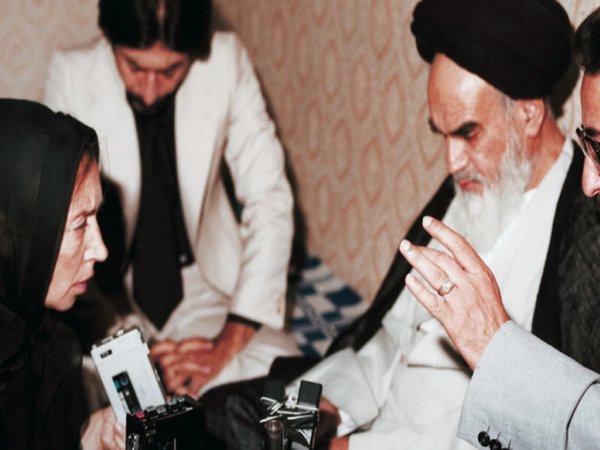In recent years, camera development has been a rather gradual and slow process. The Lytro is a revolutionary new camera, which may become an important tool in the arsenal of photojournalists around the world.
What sets the Lytro apart from other cameras is that it lets the user choose the point of focus in a photo – after the photo has been taken. The science behind Lytro is expectedly complicated, but the basic way in which it works is by capturing the light field of an image using a special sensor. This means that the camera knows the angles at which light rays are travelling in any given image.
The Lytro then uses an internal algorithm to process the light field, and subsequently allows the user to alter the focus point of a picture once it is uploaded to a computer. You can try it on the picture below.
More Lytro images can be seen here.
If this technology is to be adopted by photojournalists, a range of issues will arise.
‘Think about what we want from photojournalists’, writes Sam Grobart of the New York Times. ‘We want their bravery, certainly, [but also] their storytelling judgment.’
If Lytro’s software is developed to allow permanent focus change, rather than its current interactivity, the message an image is meant to convey could be changed at a later point by a publication’s photo editor. If some degree of skill in taking a well-focused photo is removed, it’s possible that journalists without photographic training could take a range of photos and give them to an editor to create the best possible shot.
But would this mean a decline in the number of specialised photojournalists? The Washington Post blogger, May-Ying Lam, doesn’t think so, writing that in the past people claimed that autofocus technology would eliminate the need for photojournalists, which clearly did not happen.
In its current form Lytro is limited by its low resolution and poor quality in low-light environments, as well as the fact that it is only compatible with Mac OS X. However, once the technology improves, it is entirely likely that journalists in war zones, music concerts, or any range of situations, will be able to take decent photos without too much consideration for focus or other elements.

If Lytro is to become popular, many photojournalists will shift their attention to capturing detailed shots of scenes where the observer has a range of areas to focus on, so as to make use of its capabilities. While there will be many cases where this is not necessary, and will in fact distract the observer from an intended narrative, there are situations where this new technology has a chance to provide a truly unique experience.
Photojournalists shouldn’t fear replacement by laymen wielding improved Lytros, or other such technology, but rather see them as an opportunity to better tell their stories.
Tim Viney is a Master of Global Communications student at La Trobe University.







